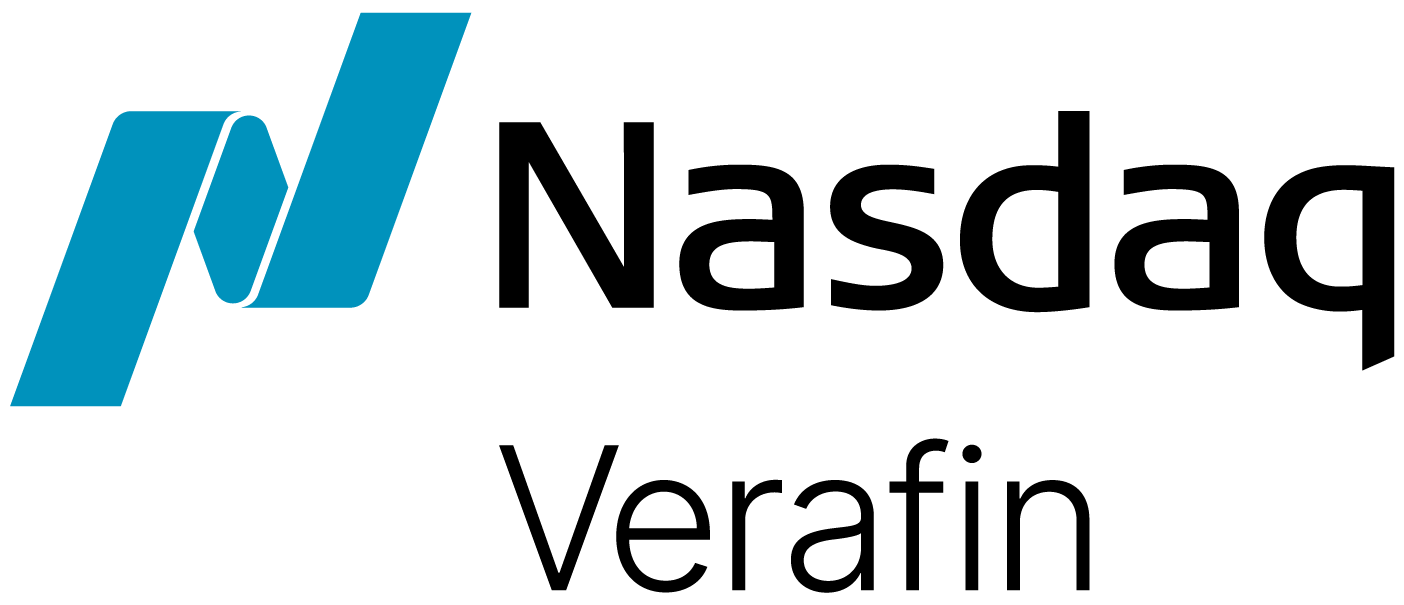On October 15, 2020, the Financial Crimes Enforcement Network (FinCEN) released a Supplemental Advisory on Identifying and Reporting Human Trafficking and Related Activity, in response to the potential growth in illicit activity during the COVID-19 pandemic. The Supplemental Advisory broadens the typologies and red flag indicators provided in the 2014 Advisory, Guidance on Recognizing Activity that May be Associated with Human Smuggling and Human Trafficking – Financial Red Flags.
The COVID-19 pandemic is impacting all aspects of daily life, from travel limitations and shelter-in-place orders to changing consumer behavior and citizens working from home. FinCEN warns that “the global COVID-19 pandemic can exacerbate the conditions that contribute to human trafficking, as the support structures for potential victims collapse, and traffickers target those most impacted and vulnerable.”
Unlike human smuggling (the movement of unauthorized foreign aliens across American boarders), human trafficking can occur within a victim’s native country or home. Despite COVID-19-related lockdowns, human trafficking, related Specified Unlawful Activities (SUAs), and money laundering can continue within the United States.
New Human Trafficking Typologies, Red Flags
“Unfortunately, in addition to the horrific toll on victims and their families, their very lives, dignity, and livelihood, human trafficking is now one of the most profitable and violent forms of international crime, generating an estimated $150 billion worldwide per year.”
– FinCEN Supplemental Advisory (FIN-2020-A008)
FinCEN has drawn upon Bank Secrecy Act (BSA) data from 2014-2020 to identify four new human trafficking typologies used in money laundering activities. This new information is provided to assist financial institutions in identifying and reporting human trafficking and related transactions.
Front Companies: Licit and illicit businesses which disguise human trafficking and money laundering activity. Examples include massage parlors, bars and restaurants, or salons and spas.
Exploitative Employment Practices: Fraudulent employment schemes, where victims are misled regarding the true nature of their employment, or their wages are withheld. A victim’s identity documents, or work or student visas, may be confiscated or destroyed.
Funnel Accounts: Accounts that receive multiple cash deposits below the Currency Transaction Report (CTR) threshold, only for the funds to be quickly withdrawn or transferred to another account. With funnel accounts and money mules, traffickers can launder money and conceal the identity of their organizations.
Alternative Payment Methods: Human traffickers now accept payments via prepaid credit cards, mobile deposits, and virtual currency; such payment channels can conceal the identities of the buyer and the trafficker and can be used to anonymously purchase trafficking resources such as advertisements, phones and hotel rooms.
FinCEN has also outlined twenty new Red Flags in the Advisory; financial institutions are encouraged to monitor for these new Reg Flags in addition to the original Human Smuggling Red Flags and Human Trafficking Red Flags published in 2014.
“Because the information financial institutions collect and report is vital to identifying human trafficking and stopping the growth of this crime, it is imperative that financial institutions enable their detection and reporting of suspicious transactions by becoming aware of the current methodologies that traffickers and facilitators use. It is also critical that customer-facing staff are aware of behavioral indicators that may indicate human trafficking, as the only outside contact for victims of human trafficking may occur when visiting financial institutions.”
– FinCEN Supplemental Advisory (FIN-2020-A008)
While a single behavioral or financial indicator may not clearly indicate human trafficking activity, they can indicate forced labor or sex trafficking, a precursor to money laundering and related SUAs.
The twenty new Red Flags include the following behavioral indicators:
- A third party speaks on behalf of the customer (a third party may insist on being present and/or translating).
- A third party insists on being present for every aspect of the transaction.
- A third party attempts to fill out paperwork without consulting the customer.
- A third party maintains possession and/or control of all documents or money.
- A third party claims to be related to the customer, but does not know critical details.
- A prospective customer uses, or attempts to use, third-party identification (of someone who is not present) to open an account.
- A third party attempts to open an account for an unqualified minor.
- A third party commits acts of physical aggression or intimidation toward the customer.
- A customer shows signs of poor hygiene, malnourishment, fatigue, signs of physical and/or sexual abuse, physical restraint, confinement, or torture.
- A customer shows lack of knowledge of their whereabouts, cannot clarify where they live or where they are staying, or provides scripted, confusing, or inconsistent stories in response to inquiry.
The Red Flags also include the following financial indicators:
- Customers frequently appear to move through, and transact from, different geographic locations in the United States. These transactions can be combined with travel and transactions in and to foreign countries that are significant conduits for human trafficking.
- Transactions are inconsistent with a customer’s expected activity and/or line of business in an apparent effort to cover trafficking victims’ living costs, including housing (e.g., hotel, motel, short-term rentals, or residential accommodations), transportation (e.g., airplane, taxi, limousine, or rideshare services), medical expenses, pharmacies, clothing, grocery stores, and restaurants, to include fast food eateries.
- Transactional activity largely occurs outside of normal business operating hours (e.g., an establishment that operates during the day has a large number of transactions at night), is almost always made in cash, and deposits are larger than what is expected for the business and the size of its operations.
- A customer frequently makes cash deposits with no Automated Clearing House (ACH) payments.
- An individual frequently purchases and uses prepaid access cards.
- A customer’s account shares common identifiers, such as a telephone number, email, and social media handle, or address, associated with escort agency websites and commercial sex advertisements.
- Frequent transactions with online classified sites that are based in foreign jurisdictions.
- A customer frequently sends or receives funds via cryptocurrency to or from darknet markets or services known to be associated with illicit activity. This may include services that host advertising content for illicit services, sell illicit content, or financial institutions that allow prepaid cards to pay for cryptocurrencies without appropriate risk mitigation controls.
- Frequent transactions using third-party payment processors that conceal the originators and/or beneficiaries of the transactions.
- A customer avoids transactions that require identification documents or that trigger reporting requirements.
Protecting the Vulnerable
Financial institutions should consider financial crime management solutions with behavior-based transaction monitoring to identify illicit activities indicating human trafficking and related criminal activities.
“Given that human trafficking is a predicate offense to money laundering, the financial red flags also may be indicative of other money laundering-related offenses. Financial institutions should consider additional factors, such as a customer’s previous financial activity and the existence of typologies or other red flags, when determining whether transactions may be associated with human trafficking.”
– FinCEN Supplemental Advisory (FIN-2020-A008)
Verafin’s BSA/AML Compliance and Management solution offers ongoing, behavior-based monitoring of customer accounts and analyzes a customer’s profile and historical behavior to identify potentially suspicious activities. By utilizing artificial intelligence and machine learning, Verafin proactively alerts you to a wide range of potentially suspicious activity and financial crime, including money laundering, cross-channel fraud, and funnel accounts.
With big data intelligence across the Cloud, Verafin integrates and analyzes cross-institutional data, third-party data, and open-data sources to reduce false positives and generate high-quality alerts. Our targeted Human Trafficking analytics identify and alert you to potential traffickers, victims, front companies, and human smuggling payments. Risk-rated alerts include visual storytelling tools such as geographic maps and interactive timelines, and relationship graphs offer an interactive layout of the potential victim’s related entities, incoming and outgoing transfers, and related purchase locations. Our Information Sharing technology helps investigators from multiple institutions work together to form a complete picture of potential trafficking activity, expedite decision-making, and provide enriched information to law enforcement.
With the COVID-19 pandemic ongoing, financial institutions must continue to monitor for and identify potentially suspicious activity to protect vulnerable citizens from human trafficking and related activity. For more information on how your institution can help stop this heinous crime, please see Verafin’s Combating Human Trafficking Product Brochure.



